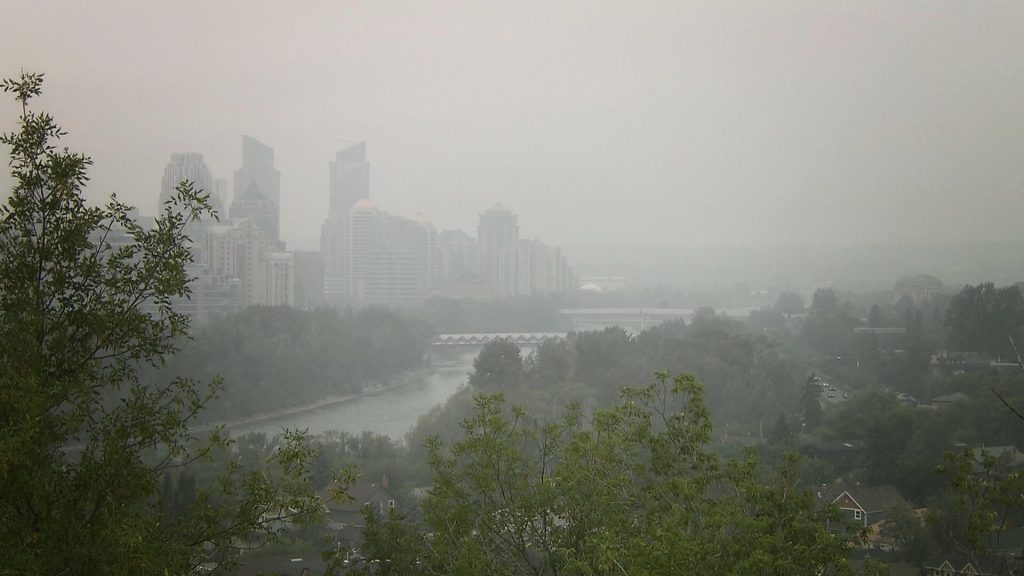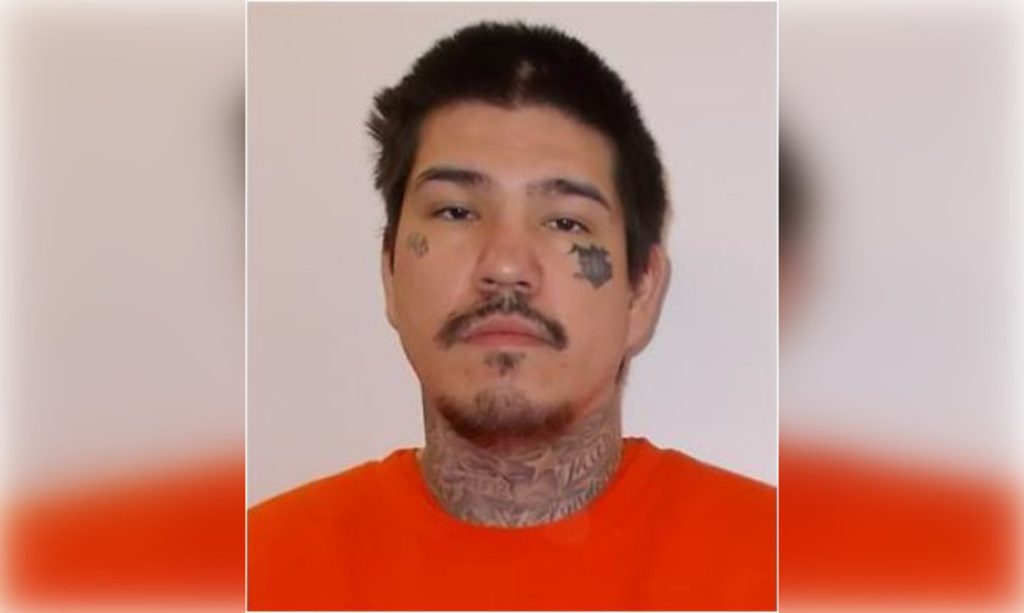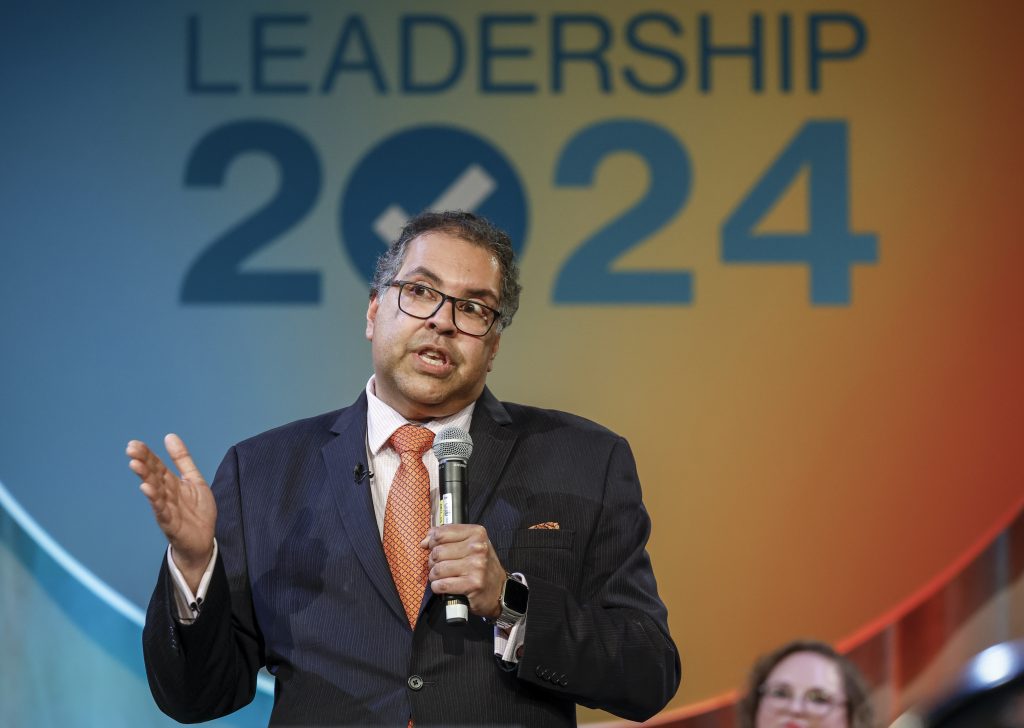From the Sudan war to SAITSA president: the journey of Gar Gar
Posted Jan 8, 2017 12:17 pm.
Last Updated Jan 8, 2017 12:42 pm.
This article is more than 5 years old.
He can still remember the military convoy coming around the corner.
“That’s the worst moment,” he said from his office in the SAIT student centre on a cold Sunday afternoon. “You start running around and you start seeing that it’s real.”
Gar Gar was born in December of 1987 in Khartoum, Sudan, four years into the 22-year civil war in that country, after his family moved north from what is now South Sudan.
Khartoum was a popular destination for refugees of surrounding countries, but northern forces would often walk through neighbourhoods looking for soldiers, including young teenagers.
“After the war got intensified, a lot of people started pulling people in forces,” he recalled. “Some people decided not to go to school because if you’re walking, they will just grab you, they’ll ask you for ID, if you don’t have it, then you’ll get deported.”
He and his eight siblings tried to make the best of their upbringing, but had little, often making toys out of mud while struggling in poor school systems.
The late 1990s became even tougher after his father passed away and the reality of war got closer.
“There was a lot of news that comes back, that this son has died, that son has died and so on,” he said.
Fearing the worst, they fled to Egypt when Gar Gar was 14 years old in 2001 to seek refuge and his older brother applied to a United Nations refugee program to find a new country.
Gar Gar said the three possibilities were the United States, Australia or Canada.
“At that time, we knew about the U.S. more from the movies and so on and the lifestyle but he then came to Canada,” he said.
He was sent to a city Gar Gar had never heard of and little did he know at the time, Calgary would end up becoming his home as well.
“You start seeing the pictures from him, postcards and you’re like oh this is a cool place, I want to be there, so you start building that dream,” he said.
Three years later in May of 2005, Gar Gar touched down in Calgary without knowing any English and no winter jacket.
“The first one was brutal,” he said of the winter, even though it was almost spring, there was still some snow on the ground.
But the bigger challenge was the language barrier.
“The first time I went to an event, I didn’t speak English, these guys are like hey what’s up, how are you and within 10 minutes, I felt uncomfortable,” he said. “In July it was my first Stampede, I went there within 15 minutes, you hear all this talk, but you can’t understand.”
Gar Gar was determined to speak the same, so along with language programs at high schools through the Catholic Immigration Society, he would read dictionaries to learn new words.
He also turned to Hollywood.
“I had one movie, Bad Boys, that I was watching, I watched it I think five times,” he said. “I wanted to challenge myself, my teacher was wonderful, she was a pusher, she saw something in me.”
After completing more language courses through Bow Valley College, he decided to enroll at SAIT in 2010, the same year he became a Canadian citizen.
He completed his business studies last year, but decided he wanted to stay on and challenge himself once again and give back as a student leader.
So he ran to be president of the SAIT student association and won.
“I felt like I could make a lot of differences, giving is a blessing and you receive more when you give,” he said.
Not only did Gar Gar find a new life in Calgary, he also found his new family.
When he went back to serve as a mentor to students in one of the programs he took, he ended up meeting his now wife.
“It’s actually the same journey, which is from Khartoum to Egypt, from Egypt to Calgary,” he said.
Looking back on his upbringing around war, conflict and relocation, he said while some may call his story one of luck, he sees destiny.
“I think this is the best place I could raise my kids,” he said. “Calgary was the best place that I could ever be in.”
After SAIT, he wants to get more involved in community work, especially with Calgary’s South Sudanese population, which he already volunteers for.
“I think because I became the president of SAITSA that gives youth hope,” he said. “Now most of the youth that I talk to, they say yeah I’m going to work to be this person.”










